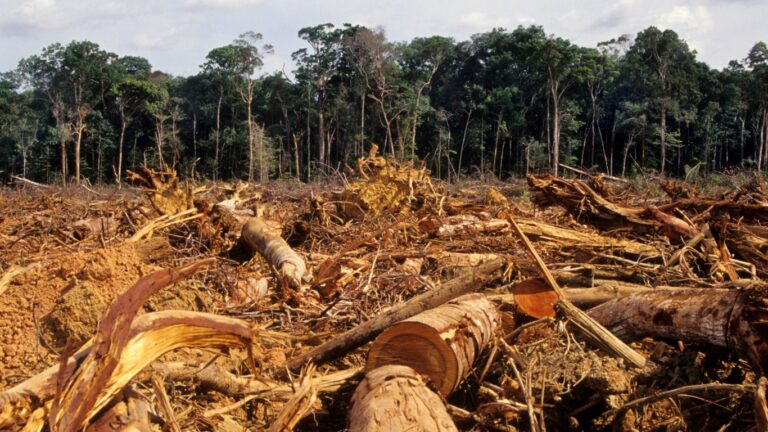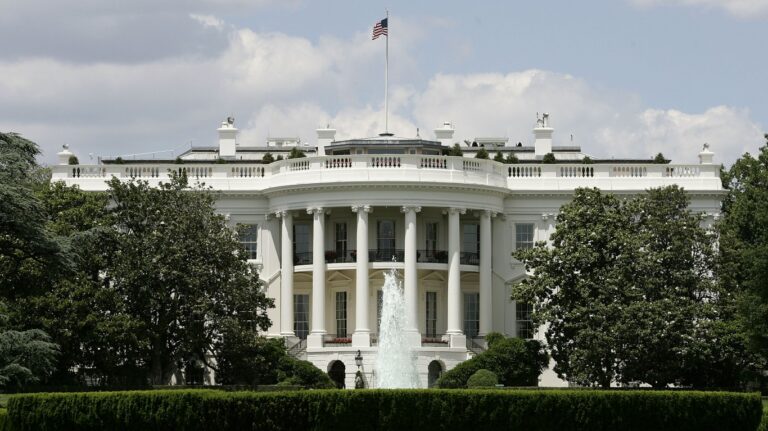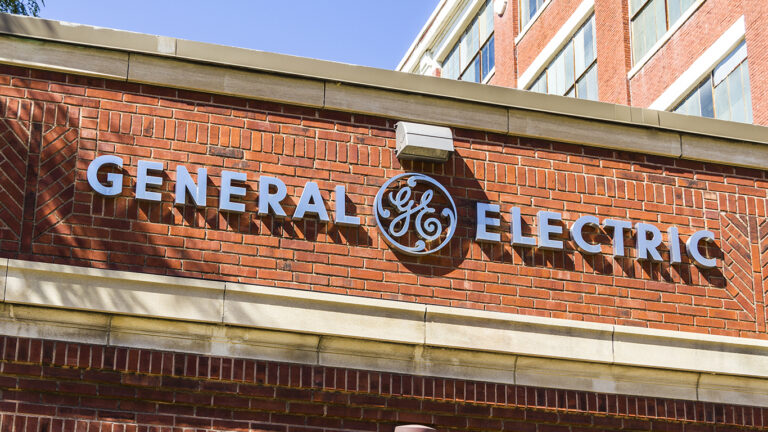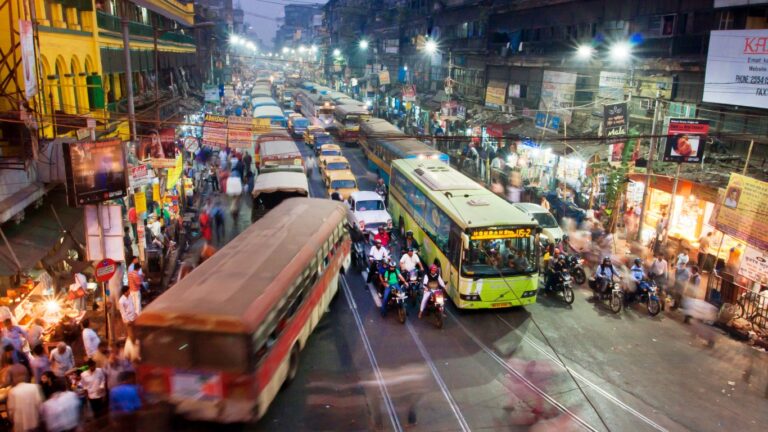Solving LA’s Multi-Billion Dollar Water Problem

Water – whether too much of it, or too little – has caused some of the most destructive weather and climate events in the United States. Since 1980, there have been 31 droughts and 44 floods – not including hurricane storm surges – that resulted in damages exceeding $1 billion in the U.S., according to the National Oceanic and Atmospheric Administration.
The parts of the country most susceptible to severe flooding from excessive rainfall are typically low-lying areas, often located in a river basin. Diametrically opposed to floods, droughts are caused by a lack of precipitation and can occur virtually anywhere, but most often in places that are prone to heat-waves. While there are many parts of the country that have suffered through both droughts and floods in recent decades, perhaps nowhere are more Americans threatened by the two extremes than in Los Angeles.
Home to over 9.9 million people, Los Angeles County, California is by far the largest county in the United States – and much of it faces a perpetual risk of severe flooding. According to a report from the First Street Foundation, a non-profit climate-risk research organization, there are over 80,300 properties in Los Angeles at a substantial flood risk – defined as having a greater than 26% chance of flooding at least once every 30 years. Accounting for expected environmental changes in the coming decades, the number of properties at substantial flood risk in L.A. is expected to rise to over 82,700 by the year 2050.
Currently, the National Weather Service has a flood watch for parts of Los Angeles County, warning of life threatening flooding as an atmospheric river is expected to drop as much as 6 inches of rain in the coming days, more than half the average amount of rainfall L.A. gets annually.
The ongoing flooding events in the area are a stark contrast to the drought conditions Los Angeles has been grappling with for decades. According to the U.S. Drought Monitor, at least half of L.A. County has been in a drought for most of the last 20 years.
While many droughts that have impacted L.A. have been classified as moderate, an extreme drought covered nearly the entire county through most of 2021. Before that, between early 2014 and early 2017, the whole county was in an extreme or exceptional drought, contributing to what is considered to have been the driest four-year span in Southern California in 1,200 years.
These droughts and resulting water shortages impact thousands of households in the county, threaten fish and wildlife species that are critical to the local ecosystem, and increase wildfire risk. Droughts also perpetuate a vicious cycle by harming trees and other vegetation, which, when healthy, can help moderate extreme heat and reduce ground temperatures.
While flooding is the most urgent climate threat in Los Angeles presently, drought conditions are all but guaranteed in the coming years, and government officials are now working to mitigate future risks.
The L.A. County Board of Supervisors recently approved a plan that aims to make the city and surrounding county more resilient and self-sufficient during droughts by sourcing more water locally. Largely under the area’s Safe Clean Water Program, the L.A. County Water Plan set a goal of deriving 80% of water from local sources by 2045 through water recycling, stormwater capture, and reducing pollution in aquifers. Currently, only 40% of water in the county and 20% of water in the city is sourced locally.
The SCWP now generates about $280 million in tax revenue every year. But according to the Natural Resources Defense Council, meeting L.A.’s flood mitigation goals will likely require a far higher annual investment.
More from ClimateCrisis 247
- It’s -112 Degrees In The Coldest Place In The World Today
- Global Warming Shuts Down Nuclear Power
- California’s Wildfires Surge To 70,000 Acres, Damage Into Billions
- LA Can’t Get Wildfire Smoke Out Of Homes






